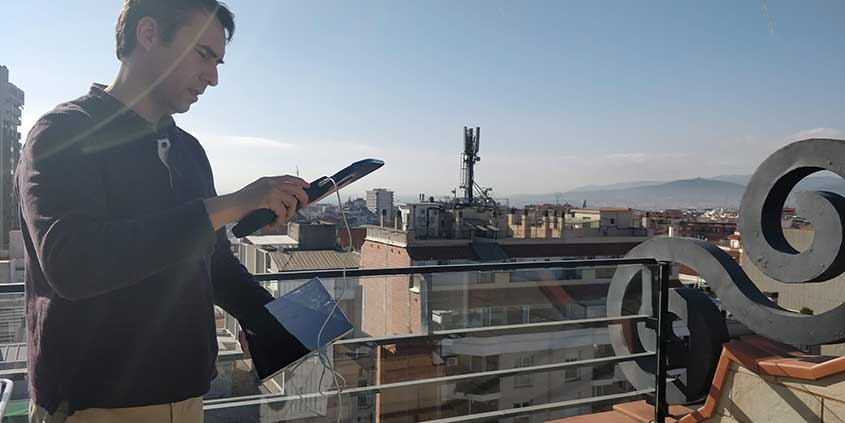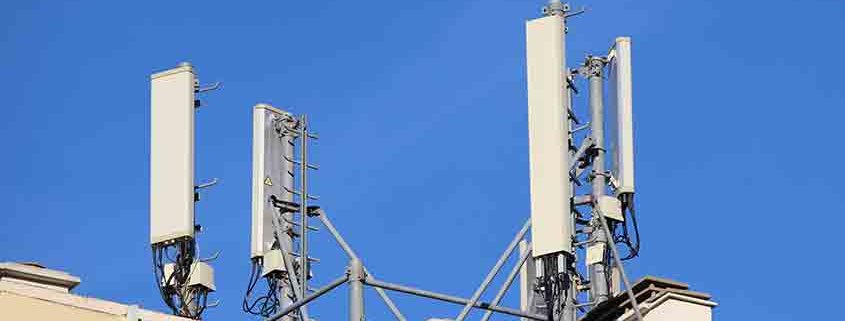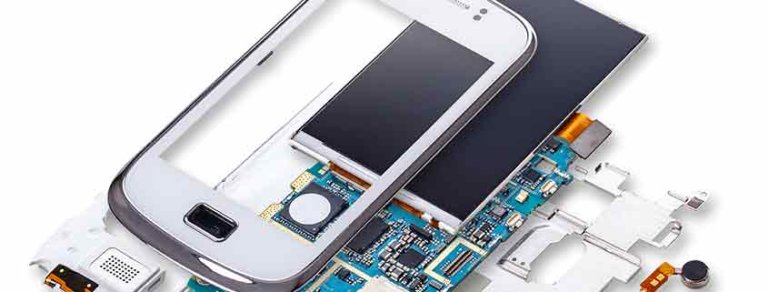WHAT IS ELECTROSENSITIVITY

SYMPTOMS
Electrosensitivity (EHS) is characterized by a variety of non-specific symptoms. The most common (according to WHO) include dermatological symptoms (redness, tingling and burning sensation), as well as neurasthenic and vegetative symptoms (fatigue, tiredness, concentration difficulties, dizziness, heart palpitations and digestive disorders). The WHO indicates that these are real symptoms, but has so far not found sufficient scientific basis to identify it as a disease (WHO publication).

It is a pathology that is included in the so-called central sensitivities, such as fibromyalgia or chemical sensitivity. It is difficult to diagnose: at the Hospital Clínic in Barcelona, EHS is diagnosed by relating the symptoms to the context.
This pathology, also known as “microwave syndrome” is more intense in children, the elderly and people with a weakened immune system (cancer treatments, transplants, etc.), but a completely healthy person can begin to suffer from it if he/she is exposed intensely and for a long period of time to electromagnetic pollution and has a genetic predisposition to suffer from it.
Sweden was the first country in the world to recognize EHS as a disease. The European Parliament, in 2009, called on “Member States to follow the example of Sweden and recognize electrical hypersensitivity as a disability, in order to ensure adequate protection and equal opportunities for people suffering from it” (resolution of April 2). Despite this, the disease is not recognized in Spain and it was a court that was the first to recognize it as an occupational accident at the end of 2018 (see pdf document of the TSJA ruling).
CAUSES
The root of the problem lies in the legal exposure limits.
For example, in Spain, more than 1,000 μW/cm2 is allowed for mobile phone frequency ranges. Numerous scientific studies have shown that at a fraction of this level of radiation, the blood-brain barrier opens, tumours increase, cell defects occur, nerves are damaged, blood cells clump together, the immune system is disrupted, etc.
So why are the legal limits so high? Current legal limits are limited to thermal effects. If there is no heating of the body, there is considered to be no risk.
By way of comparison, in 2011 the Council of Europe (resolution 1815) called for setting prevention thresholds for long-term indoor exposure at 0.6 V/m (equivalent to 0.1 μW/cm2). This is a recommended limit 10,000 times lower than the legal limit in Spain.
SOLUTIONS
In the event that you believe you suffer from electrosensitivity, our recommendation is to reduce and minimice exposure to electromagnetic radiation as much as reasonably possible, as EHS can be easily reversed in the earliest and mildest degrees. There are universal measures that are useful in all homes and workplaces:
- Switch off the WiFi router at night.
- Replace fluorecent tubes and energy-saving lamps with LED lamps.
- Substitute cordless telephones for others with low power consumption (ECO+), as they only emit electromagnetic fields during calls.
- install ETHERNET network cables to connect the TV and the computer to the Internet.






